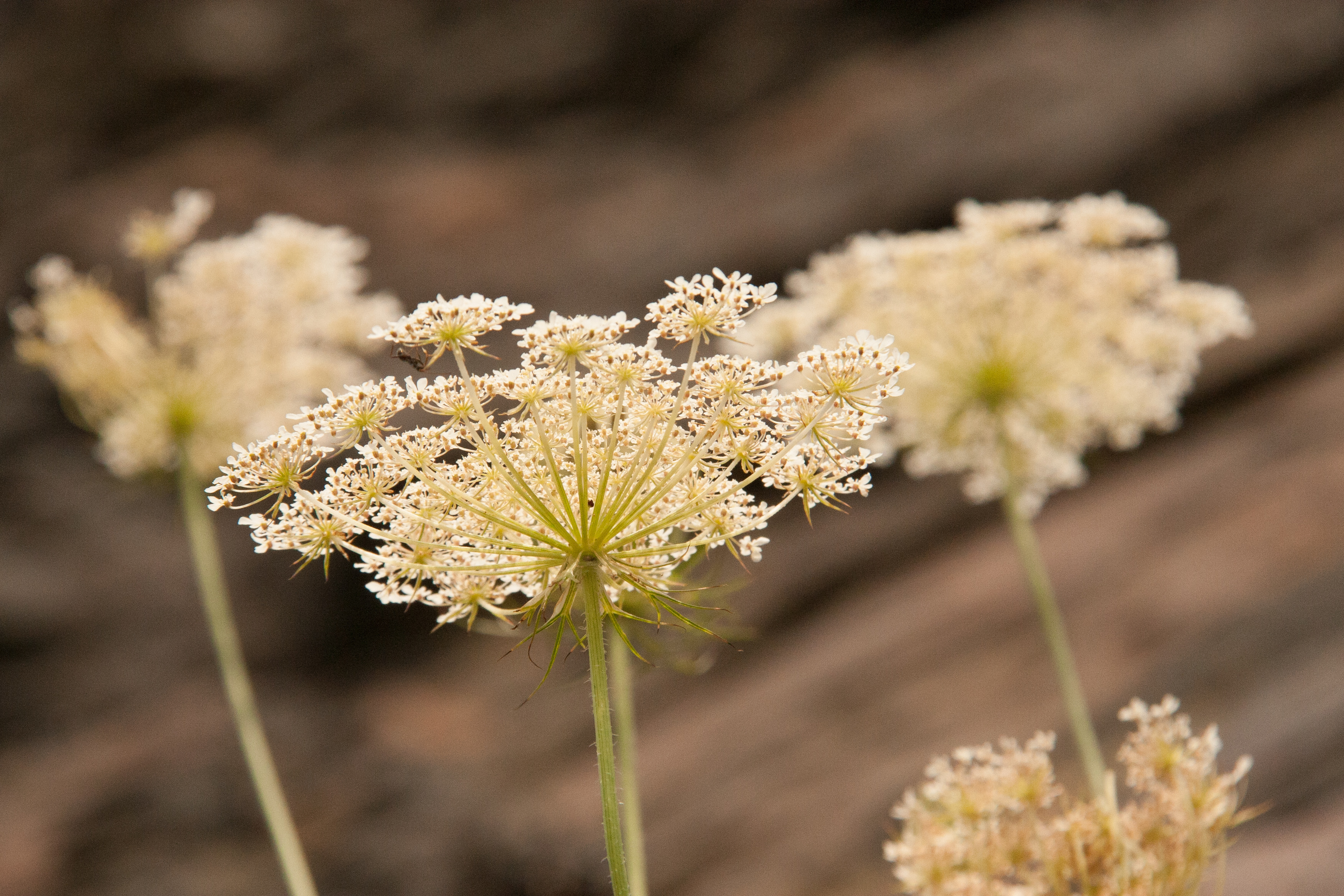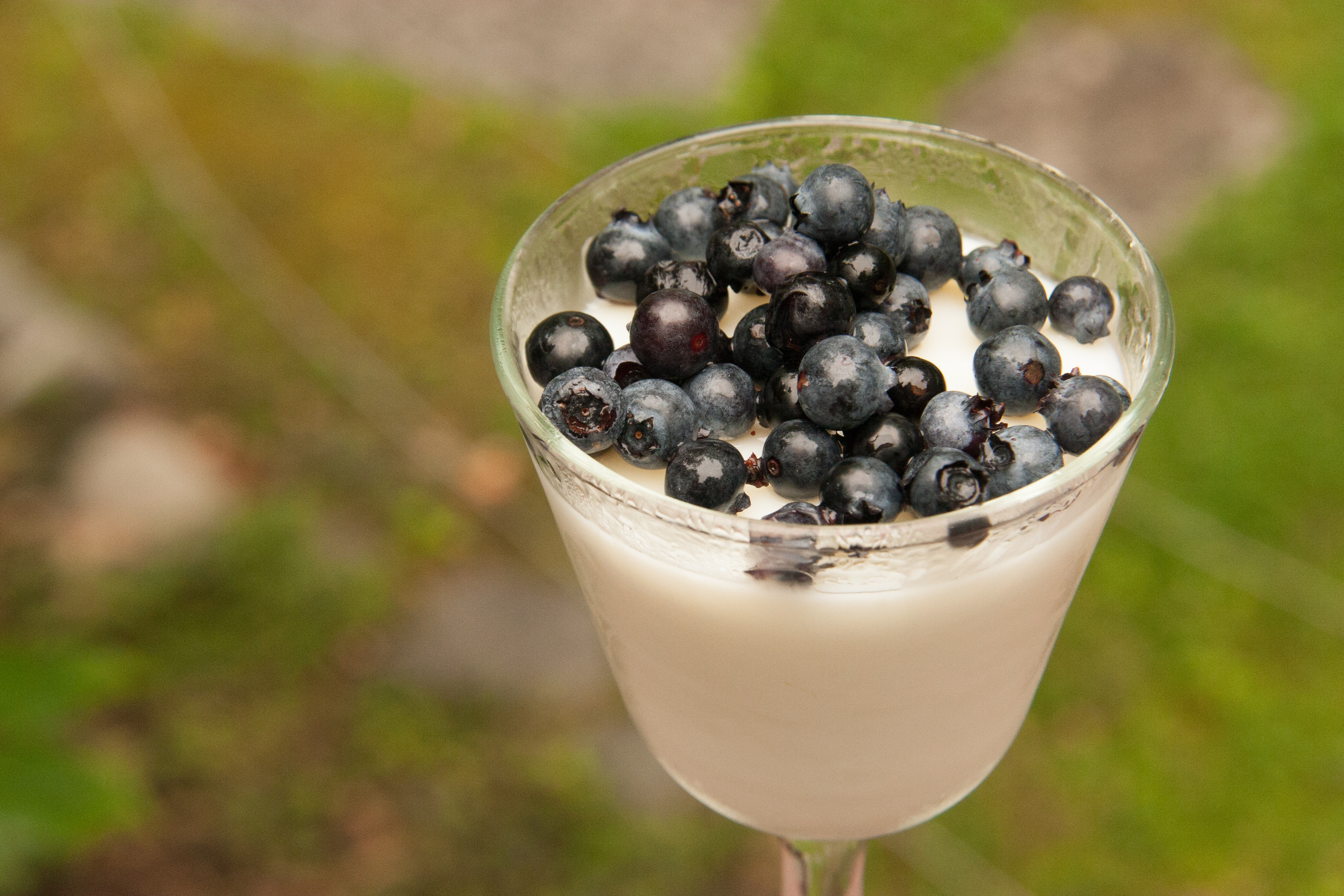The queen has hairy legs. Don’t forget that. It’s a key identification factor for Queen Anne’s Lace. Queen Anne’s Lace is a member of the carrot family, Apiaceae. Foragers know: you don’t mess around with the Apiaceae. It includes a number of highly poisonous plants, so understanding how to safely identify the edible members of this plant family is very…
Read More
Wild Blueberries: A Gateway Food
When I teach a foraging class, I like to talk with my students first, to get a feel for how much they know and what they hope to learn. I ask if they’ve ever foraged before, and most people say no. But when I push a little harder, and ask if maybe they picked blueberries at summer camp, they almost…
Read More
Melilot Blancmange Recipe (with fresh blueberries!)
Whenever I hear the word blancmange I think of the Monty Python sketch where a giant blancmange (from the planet Skyron) turned everyone in England into Scotsmen, so it (the blancmange) could win Wimbledon. Which is only one of the reasons I smile whenever I eat this melilot blancmange. The other reason is because it’s delicious.
All About Milkweed (Asclepias syriaca)
When a plant name includes the word “weed,” it’s hard for some people to think of it as anything but an unwelcome visitor in the garden. Common milkweed (Asclepias syriaca) is, indeed, a roadside weed. But baby, it’s so much more.
Melilot, aka Sweet Clover, aka Melilotus sp.
Don’t be fooled by the common name of this plant. This is not the low-growing clover you find in your lawn with round pink or white flowers. Melilot is a tough, drought tolerant, biennial plant that can grow to be four feet tall. It’s a common roadside weed that thrives in dry, neglected spaces. Melilotus officinalis has yellow flowers and…
Read More




